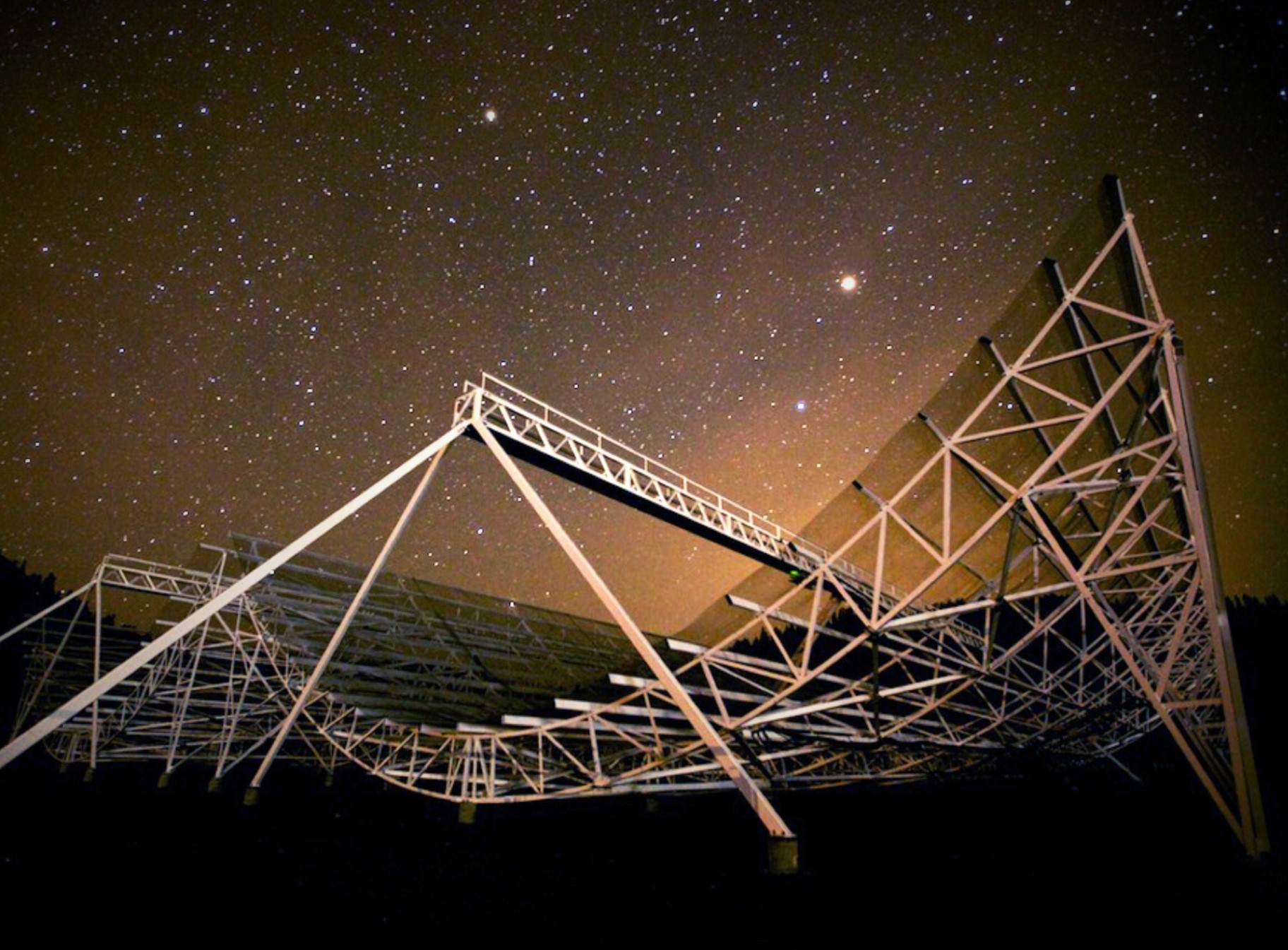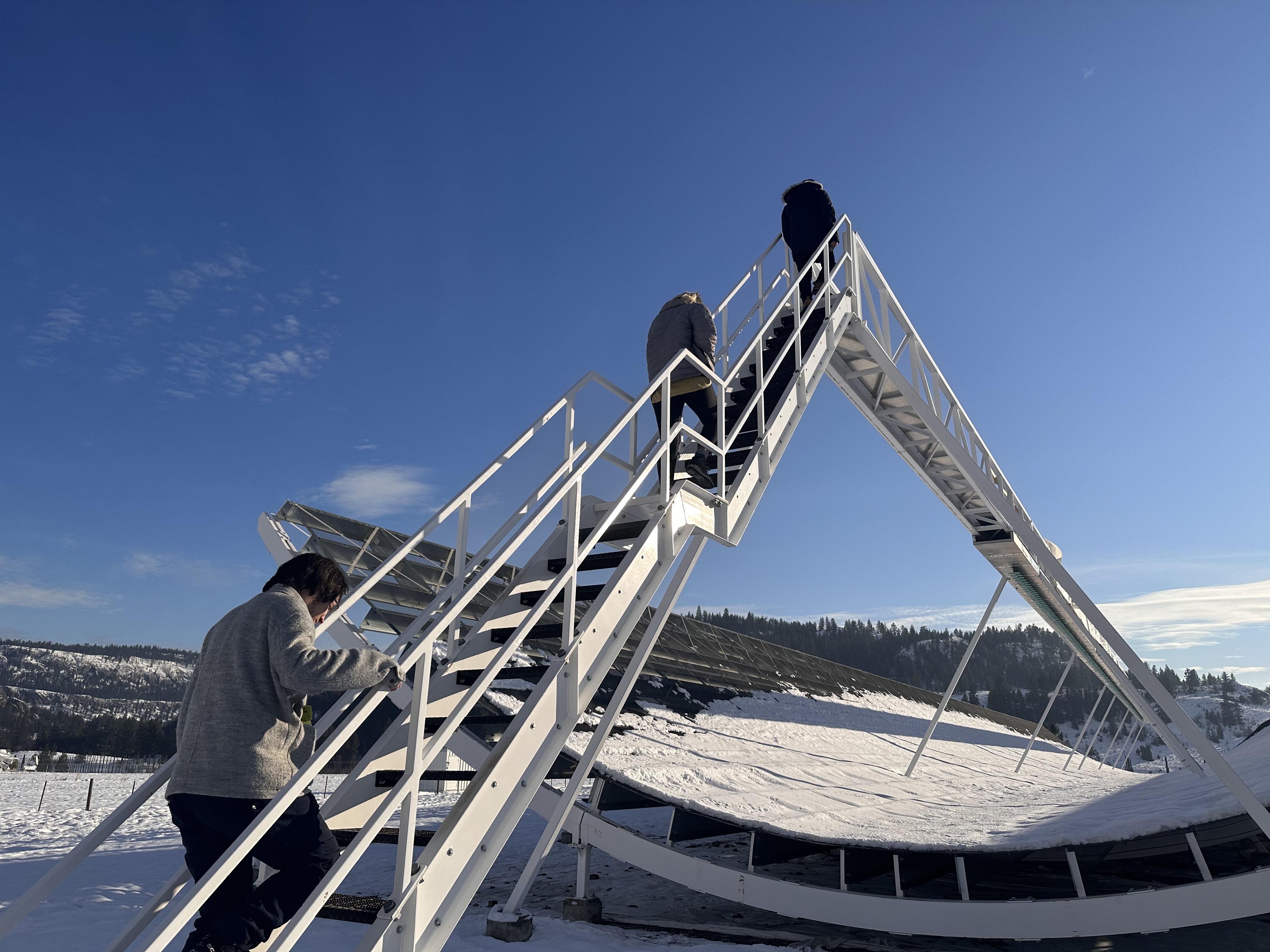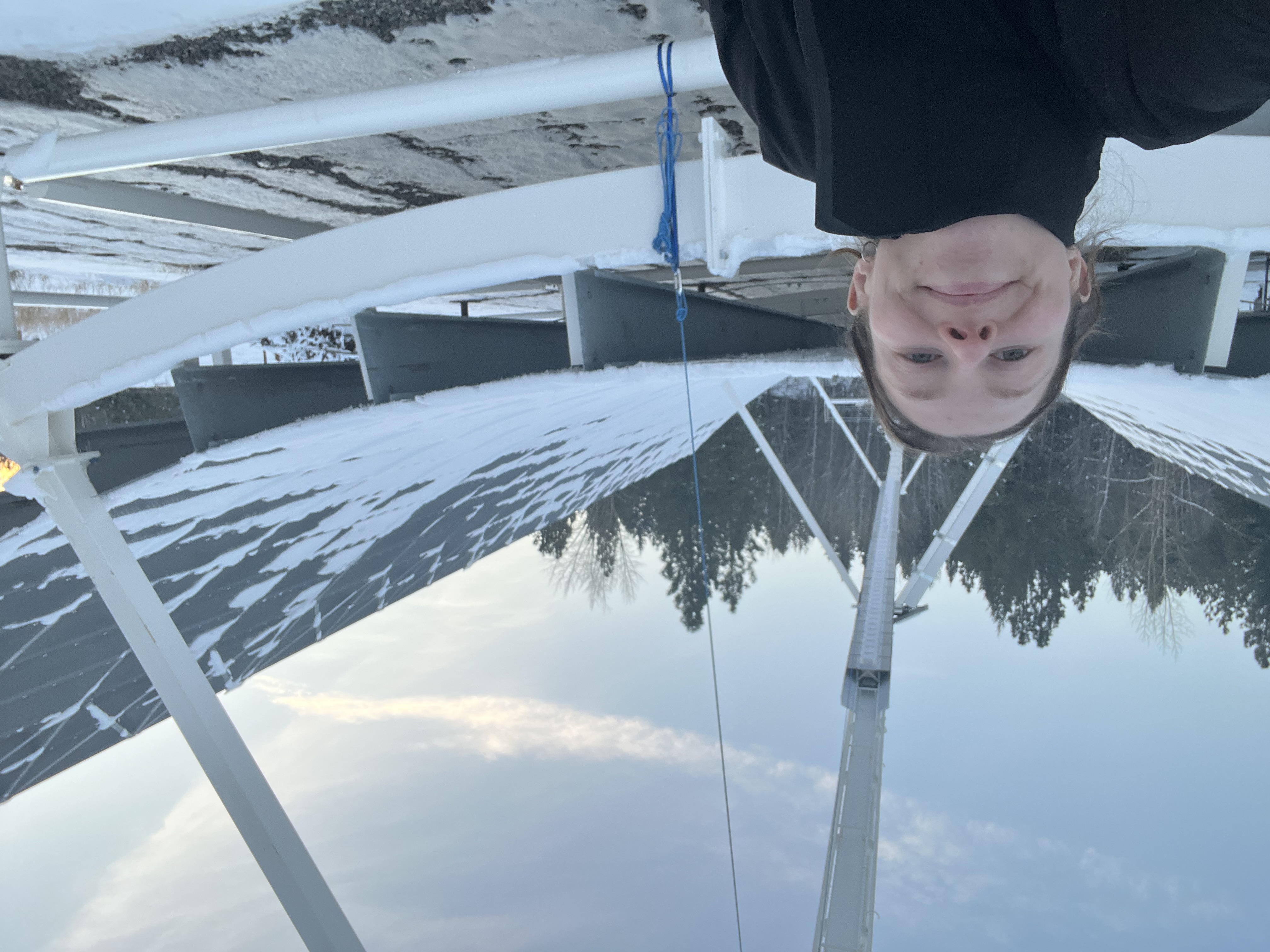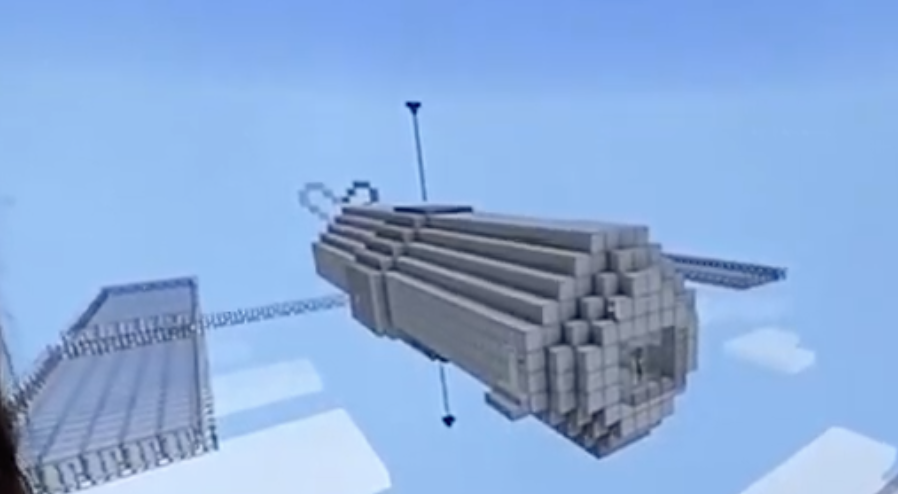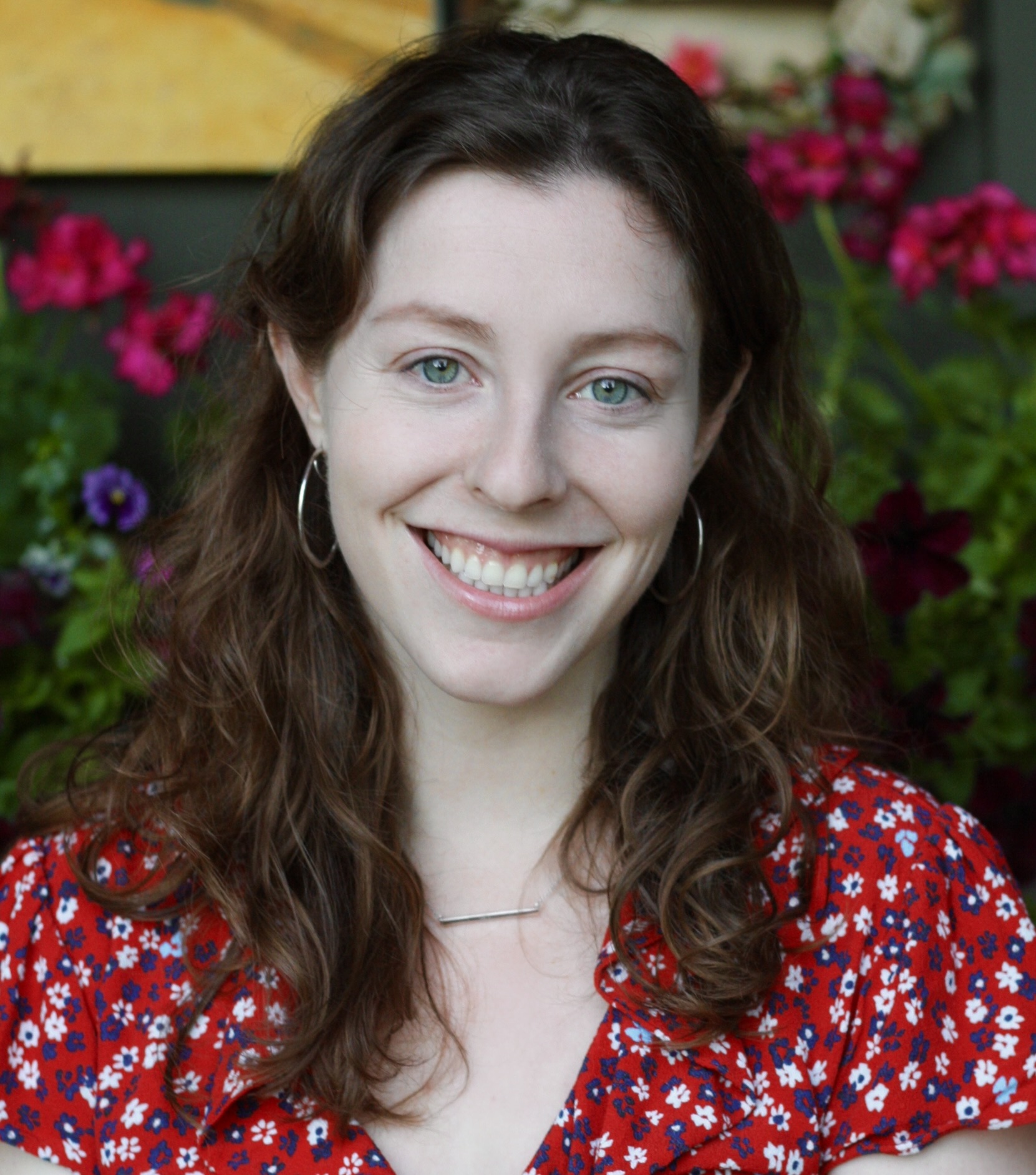
Alice Prashker Curtin, PhD
Canadian SKA Scientist
CHIME/FRB Coordinator
McGill University, Department of Physics
I am a Canadian SKA Scientist at the Trottier Space Institute at McGill University working with Jason Hessels. My work largely focuses on the study of fast radio bursts, pulsars, and gamma-ray bursts. In addition to research, I am an avid science communicator.
TLDR Research Interests: Fast radio bursts, Pulsars, Radio Telescopes, Magnetars, Gamma-ray bursts, Galactic magnetic field, Very Long Baseline Interferometry
